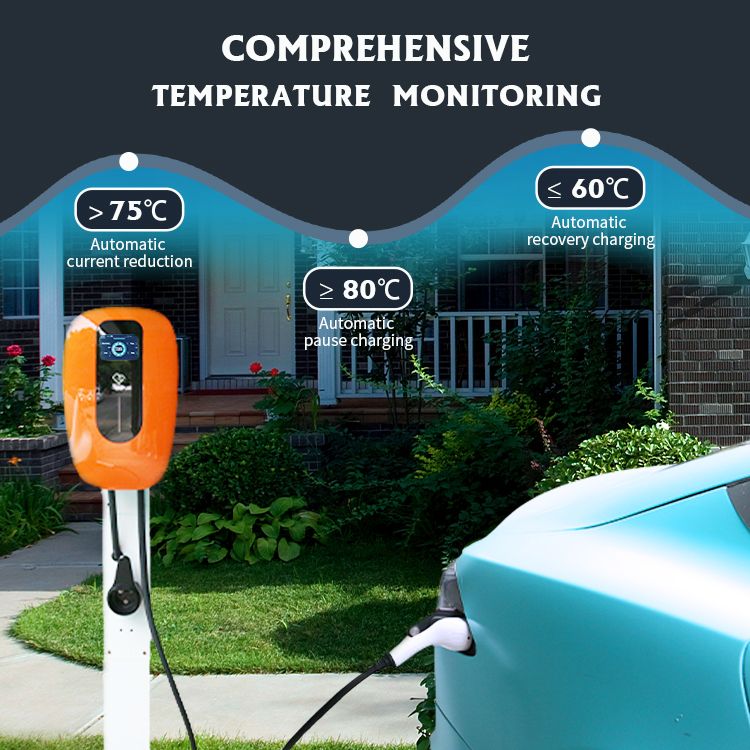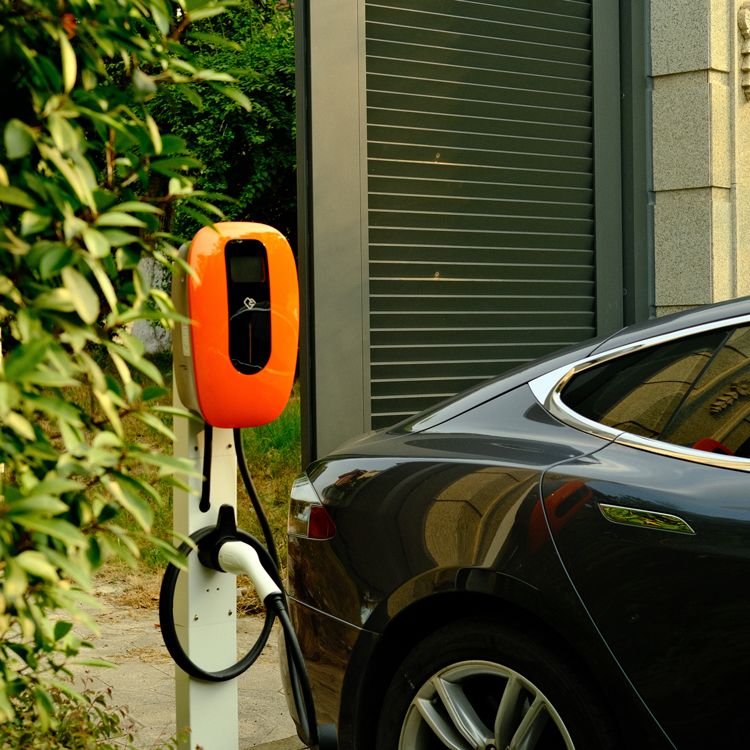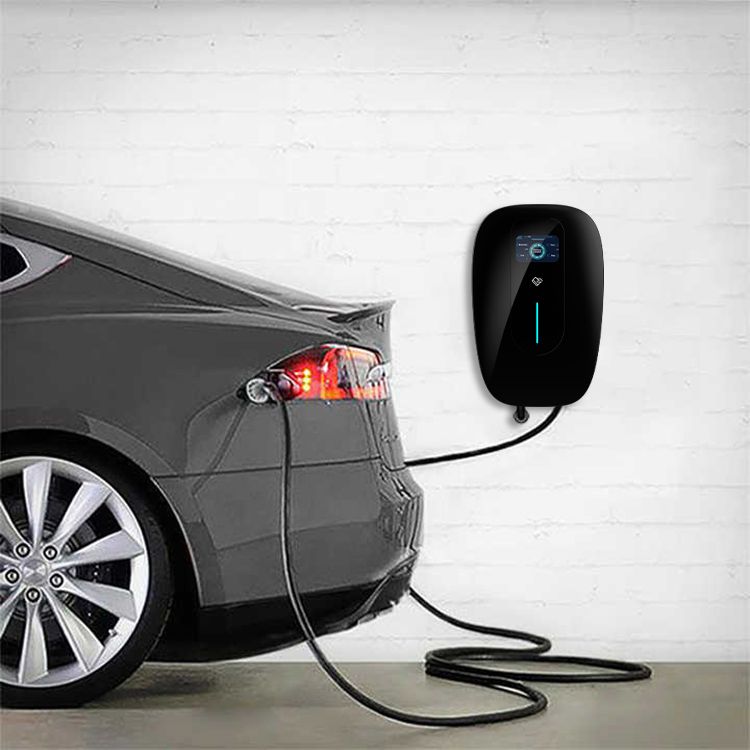As electric vehicles (EVs) continue to gain traction in the automotive industry, the need for efficient and reliable charging infrastructure becomes increasingly vital. Among the various charging methods, Alternating Current (AC) charging plays a significant role in powering EVs. Understanding the principles behind AC EV charging is essential for both enthusiasts and policymakers as we transition towards a more sustainable transportation future.
AC charging involves the use of alternating current to recharge the battery of an electric vehicle. Unlike Direct Current (DC) charging, which delivers a constant flow of electricity in one direction, AC charging alternates the flow of electric charge periodically. Most residential and commercial buildings are equipped with AC power sources, making AC charging a convenient and accessible option for EV owners.
Key Components of AC Charging:
Charging Station:
AC charging stations, also known as Electric Vehicle Supply Equipment (EVSE), are the infrastructure components responsible for supplying electrical power to the EV. These stations are equipped with connectors compatible with the EV’s charging port.
Onboard Charger:
Every electric vehicle is equipped with an onboard charger, responsible for converting the incoming AC power from the charging station to the DC power required by the vehicle’s battery.
Charging Cable:
The charging cable is the physical link between the charging station and the electric vehicle. It transfers the AC power from the station to the onboard charger.
AC Charging Process:
Connection:
To initiate the AC charging process, the EV driver connects the charging cable to both the vehicle’s charging port and the charging station.
Communication:
The charging station and the electric vehicle communicate to establish a connection and ensure compatibility. This communication is crucial for the safe and efficient transfer of power.
Power Flow:
Once the connection is established, the charging station supplies AC power to the vehicle through the charging cable.
Onboard Charging:
The onboard charger inside the electric vehicle converts the incoming AC power to DC power, which is then used to charge the vehicle’s battery.
Charging Control:
The charging process is often controlled and monitored by the vehicle’s battery management system and the charging station to ensure optimal charging conditions, prevent overheating, and extend the battery lifespan.
Benefits of AC Charging:
Widespread Accessibility:
AC charging infrastructure is prevalent, making it convenient for EV owners to charge their vehicles at home, workplaces, and public charging stations.
Cost-Effective Installation:
AC charging stations are generally more cost-effective to install than high-power DC fast-charging stations, making them a practical choice for widespread deployment.
Compatibility:
Most electric vehicles are equipped with onboard chargers that support AC charging, enhancing compatibility with existing charging infrastructure.
Post time: Dec-26-2023







